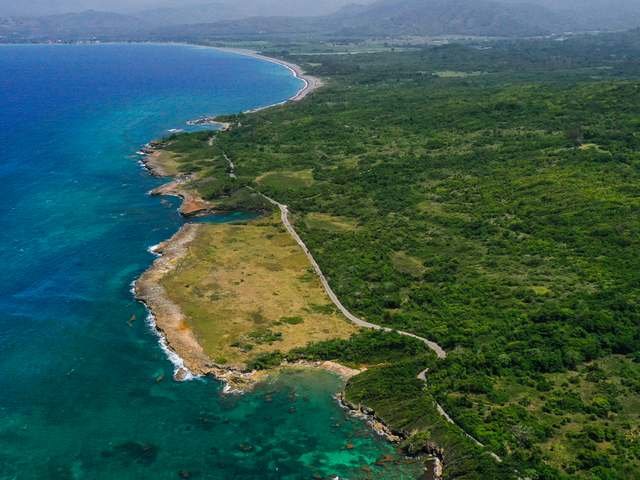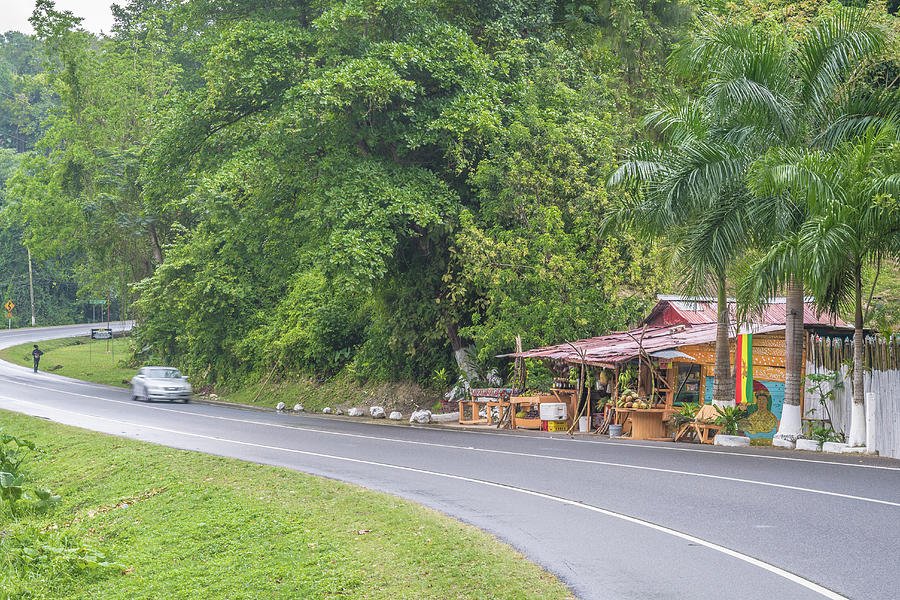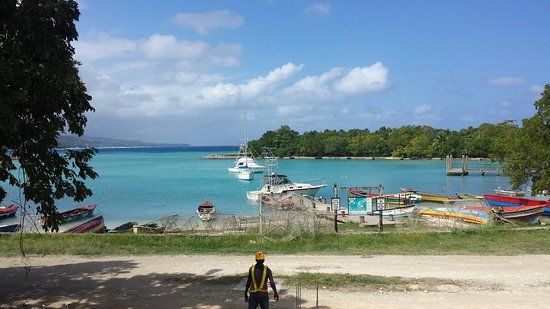The parish of St. Mary is one of the oldest parishes on the island that still exists today. The parish includes the former parish of Metcalfe, which was established in 1665 by Governor Sir Thomas Modyford, and part of the former parish of St. George, which was originally settled in 1534 by Spanish settlers. In 1655, after the English captured Jamaica from the Spanish, Port Maria became known as St. Mary after the town of Puerto Santa Maria located within it. Numerous national monuments are still standing in this parish such as Rio Nuevo, which was once a thriving village during colonization but later became known as "The Lost Town" due to its destruction during an attack by buccaneers in 1730. The town holds historical significance for being the site of the last battle between invading English forces and defending Spaniards who had to flee to Cuba after their defeat.
In 1760, a slave rebellion broke out in Jamaica around Port Maria. The leader of this rebellion was a Coromantee slave called Tacky, who belonged to the Frontier Estate. Fort Haldane, now Grays Charity, was seized and ammunition taken by rebel forces. The rebels then moved inland. Many whites were killed. After Emancipation in 1838, free villages were formed in St. Mary but the parish still basically remained one with big estates until the end of the 19th century, when only three sugar factories remained in operation.
Jamaica’s banana industry was established in the late 19th century with the decline of the sugar industry. In the late 1930s, St. Mary played a prominent role in the creation of Jamaica Producer’s Association, which was set up to prevent the continuation of the monopoly on bananas held by the United Fruit Company and other purchasing organizations. Under the umbrella of the Association, banana growers banded together to ship and market their own produce.
ST. MARY, JAMAICA
Historical Information
The parish of Saint Mary is bordered by Portland in the east, St. Ann in the west, and parts of St. Catherine and St. Andrew in the south. Three rivers—the Rio Nuevo River, Wag Water, and White Rivers—flow through it; all are often slow-moving and swampy in areas. The parish's capital is Port Maria; it contains several buildings that survived from Port Maria's golden days of being a busy port (including Saint Mary Parish Church and an old courthouse).
Oracabessa is located west of Port Maria along the main road leading to neighbouring St. Ann Parish; it was probably named after Spanish "oro de cabeza" ("golden head") because a large rock with a natural opening on top resembles such a thing when seen from afar.
Annotto Bay is a town on the western side of St. Mary's mouth, north of Kingston. In its heyday, Annotto Bay boasted a rich sugar estate, Grays Inn, but this sugar factory no longer functions since banana has replaced sugar as the main crop. The rusting smoke stacks that once billowed forth life on this estate now stand idle.
Geographical Information




